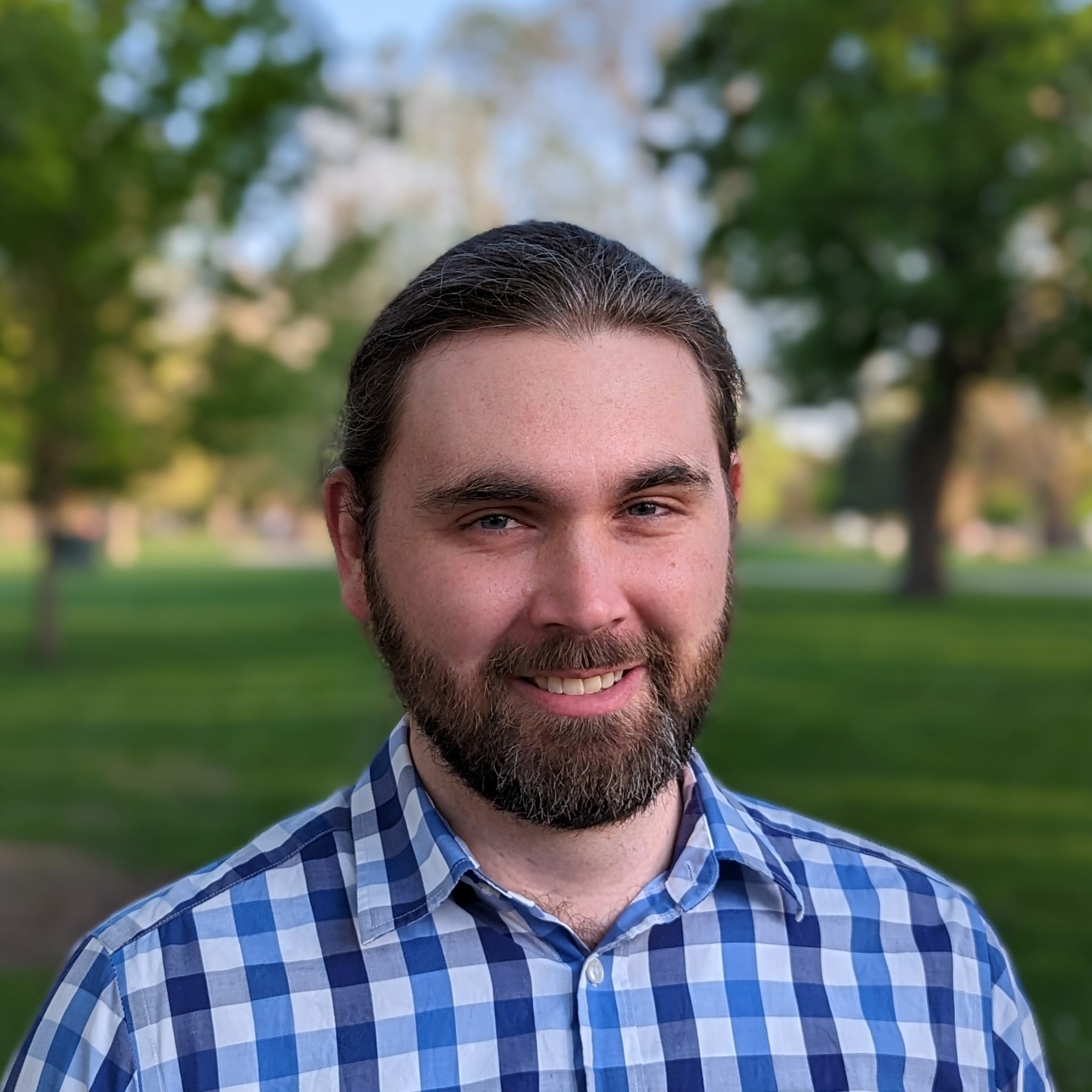Human memory can be divided into long and short-term according to the time information can remain stored and have been associated to different brain regions. The hippocampus (HPC) has been associated with the formation of long-term memories stored as changes in the strength of synapses that can last decades. On the other hand, the Lateral Prefrontal Cortex (LPFC) has been associated with short-term memory, like being able to shortly remember a phone number, which is temporarily stored for a matter of seconds. Benjamin Corrigan, PhD student at the University of Western Ontario, identified distinct neural codes, or patterns of neuron firing, in the two brain regions by recording brain activity in primates performing learning tasks in virtual reality settings. These distinct neural codes elucidate some differences in how the neurons in these regions communicate, and how these methods of communication can facilitate the type of memory that each region is involved in. This knowledge can help guide research into memory formation and treatments for diseases like Alzheimer’s, where memory is impaired.
Benjamin Corrigan was awarded a Brain Star award by CIHR’s Institute of Neuroscience, Mental Health and Addiction and the Canadian Association for Neuroscience for these discoveries.
In this study, the researchers recorded the responses of neurons in both brain areas (hippocampus and lateral frontal cortex) during different tasks that require long and short term memory. They found that the hippocampus and the prefrontal cortex use different neural codes to represent similar information. Hippocampal neurons fire action potentials in bursts, which can trigger changes in the strength of connections between neurons (synapses) during the formation of long-term memories. On the other hand, lateral prefrontal cortex neurons fire action potentials more sparsely, avoiding the strengthening of synapses but allowing longer trains of action potentials that temporarily encode memories.
While the propensity for bursting of the hippocampus was well known, little had been done to look at the information available in the bursts. Discovering that there was similar information available between the burst code and spike code for the hippocampus could be an important step towards understanding how memories are formed. While there are informative spikes outside of bursts, further research determining whether these bursts are critical to the formation of memory is an exciting new research path.
The hippocampus and the prefrontal cortex are both regions that receive highly processed information and are also regions that are affected by neurodevelopmental and neurodegenerative diseases. This paper elucidates some differences in how the neurons in these regions communicate, and how the method of communication, bursting or sparse firing, can facilitate the type of memory that each region is involved in. This knowledge can help guide research into memory formation and treatments for diseases where memory is disrupted.
About Benjamin Corrigan
Benjamin Corrigan performed this study as a PhD student in the laboratory of Dr. Julio Martinez-Trujillo at the University of Western Ontario. He performed most experiments, developed approaches to analyze the data, wrote the code for the analyses, and the first draft of the manuscript, and along with his supervisor addressed reviews and edits from fellow authors.
Funding sources
CIHR, NSERC, OGS, BrainSCAN and NeuroNex (National Science Foundation).
Scientific publication
Corrigan, B. W., Gulli, R. A., Doucet, G., Roussy, M., Luna, R., Pradeepan, K. S., Sachs, A.J., Martinez-Trujillo, J. C. (2022). Distinct neural codes in primate hippocampus and lateral prefrontal cortex during associative learning in virtual environments. Neuron, 110(13), 2155-2169.e4. https://doi.org/10.1016/j.neuron.2022.04.016
https://www.sciencedirect.com/science/article/abs/pii/S0896627322003610



